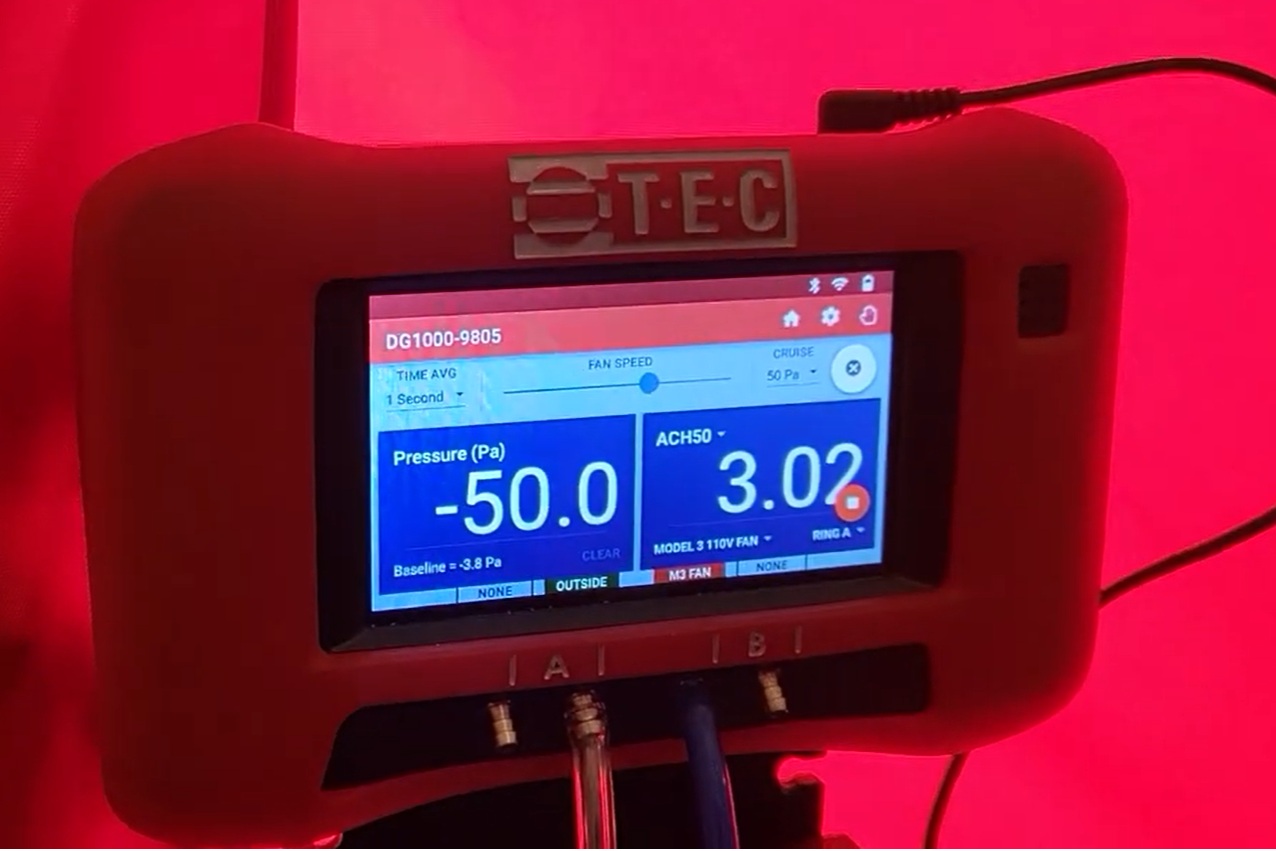Get Tech Tips
Subscribe to free tech tips.
Air Changes Confusion

Air changes per hour (ACH/ACPH) simply describes how many times the total quantity of air in a room (or structure) is completely replaced per hour.
If you have a 10'x10'x10′ room, the room contains 1000 cubic feet of air. If the supply and return to the room provide a balanced 100 CFM (cubic feet per minute) of air, you would have 100 CFM x 60 minutes = 6,000 CFH (cubic feet per hour), which would equal 6 air changes per hour (6,000/1000 = 6).
Different spaces have different ventilation requirements based on occupancy level (how many people are in the room) and use type. This is a fairly simple thing to calculate based on the cubic feet of air in a room. This is NOT the heat gain/loss of the space; it is only the ventilation rate of the space. Generally, ACH is used as a guideline or reference for design and not as a basis for the design; it's more of a solid rule of thumb used to check a ventilation design against the real world.
This ventilation rate shouldn't be confused with the outdoor air requirements, which is a different but related consideration and is based on ASHRAE 62.1 and 62.2.
In some cases, when discussing ventilation for an entire structure, ACH will be used to describe “tightness” and is referenced in many codes as a standard for the structure. For example, when performing a blower door test, a building test professional will use an air changes number to demonstrate whether a home or building is built to a tightness standard and how much supplemental outdoor air needs to be added to the space per hour.
Even more specifically, a standard called ACH50 is used with a blower door to calculate the leak rate of a structure when the space is pulled into -50 pascals of pressure by the blower door and the leak rate calculated.

In most cases, a room/zone will be sized for airflow according to the heat gain/loss to include outdoor air requirements. Then, the ventilation requirements will dictate the need for additional mechanical ventilation or fan-on position to provide the required air changes per hour.
In short, don't simply provide a room with system airflow that is consistent with the air change per hour rule of thumb and assume it will be properly conditioned and balanced. As with most things, it isn't that simple.
—Bryan
P.S. — HERE is another tech tip explaining the differences between ACH, ACH50, and CFM50.











Comments
To leave a comment, you need to log in.
Log In